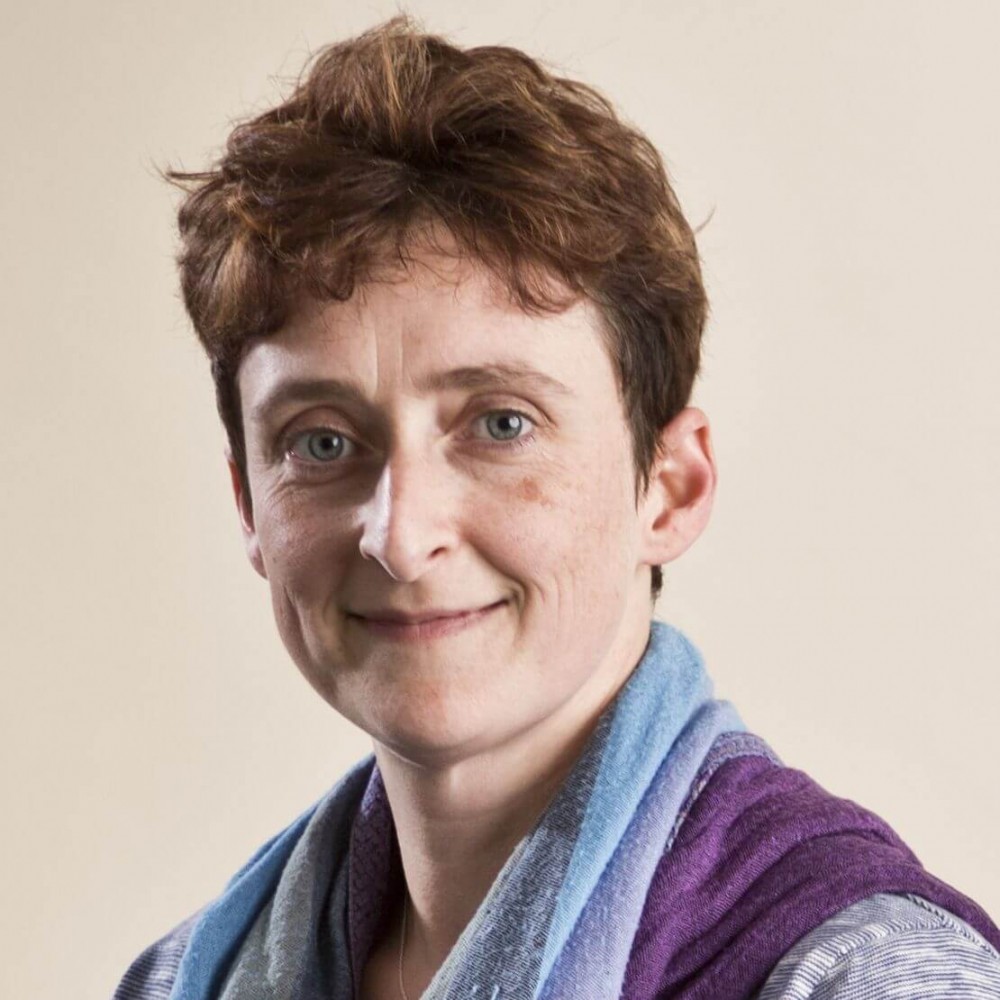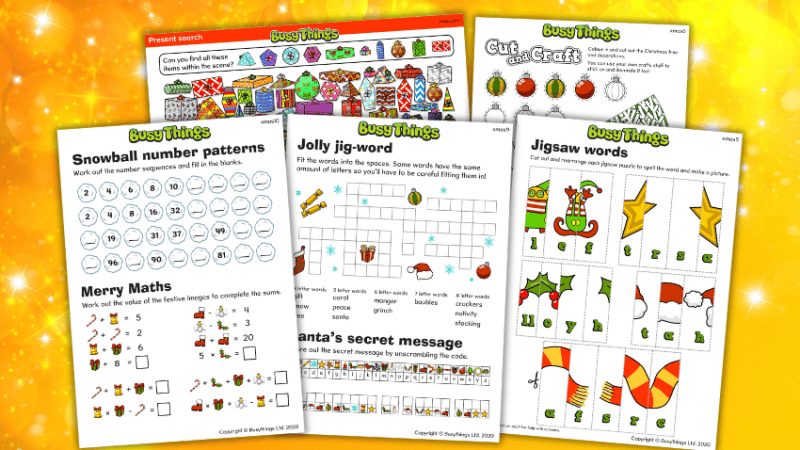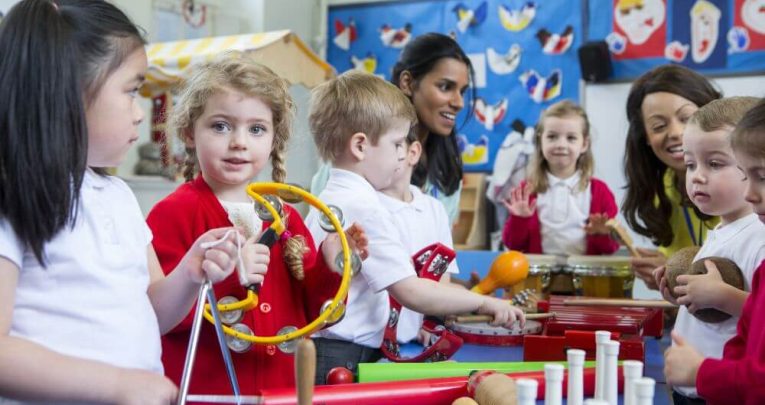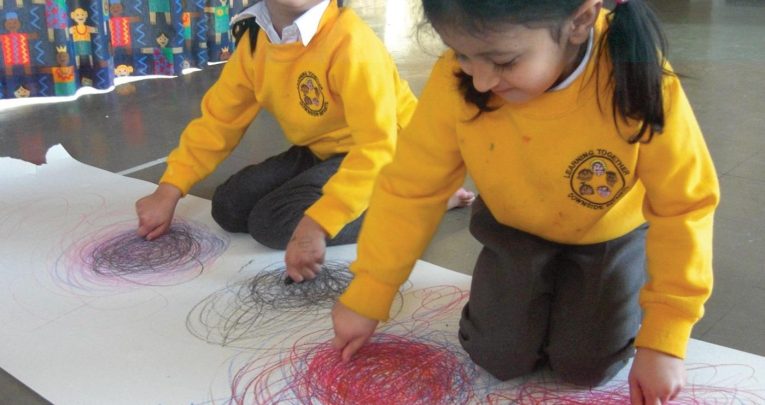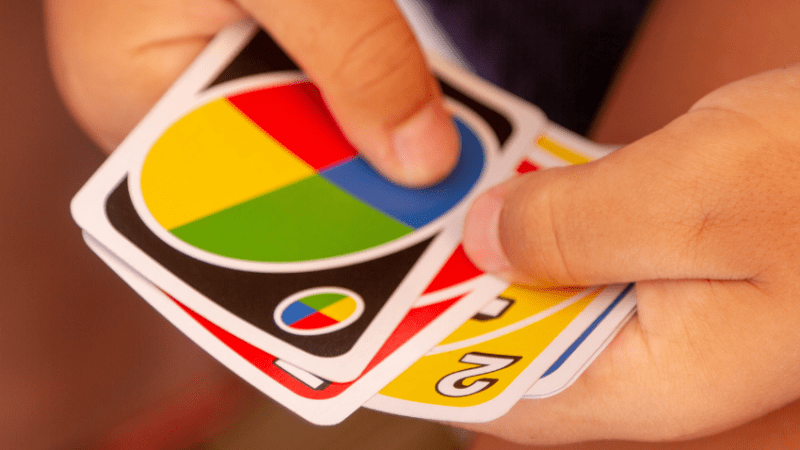Primary school music – Use listening activities to create a soundscore
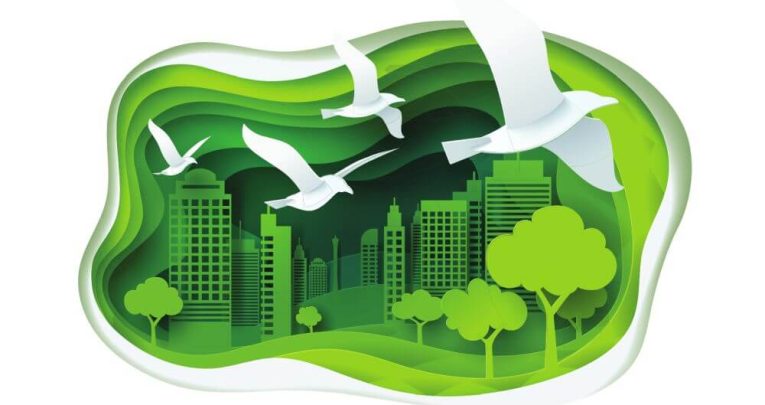
Create a Covid soundscore by heading outside then creating drawings to represent the sounds you hear…
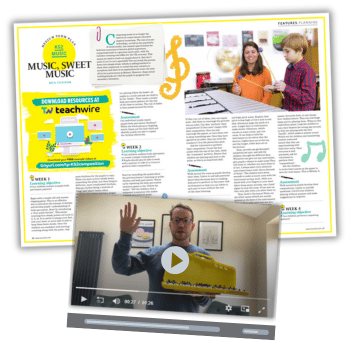
Children have a particular talent for focusing on environmental sound, but as we mature we gradually focus more on functional audio like speech, music, and media.
During the first pandemic lockdown when we were mostly confined to our homes, I spent time ‘sound walking’ and listening to our local environment. Enjoying a local wood with our dog Poppy, I noticed a drop in ambient background motorway sound and noticed more birdsong.
Using a portable recording device I made a 20 minute recording. I then used a sound visualisation software (similar to the free Sonic Visualiser) to explore the recording visually.
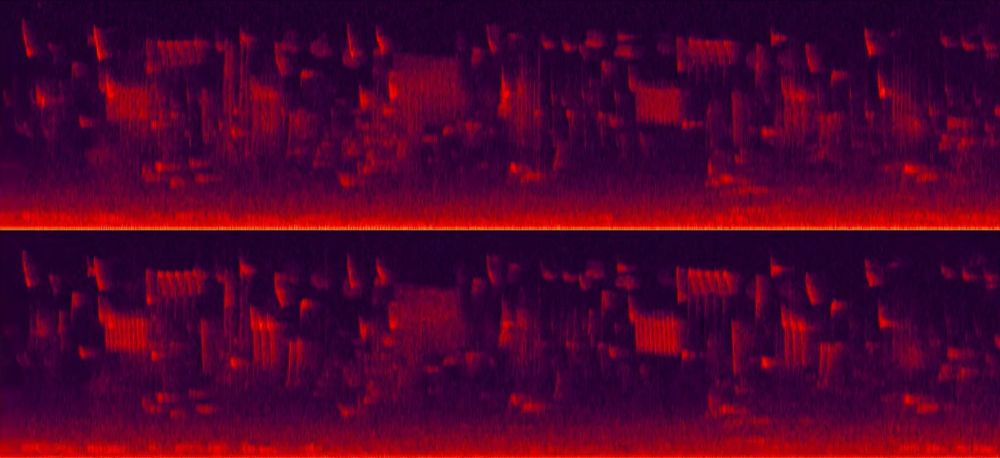
This is a stereo screen capture showing frequency (low at the bottom, high at the top), time (from left to right) and volume (black means no sound, red means medium volume and yellow means louder). You can really see melody repetition and even the low hum of the motorway.
Listen to my recording and watch the image together here.
Sound score challenge
Sound is a constant. Even for audio-impaired learners there is often something being perceived and experienced. As we can’t close our ears or focus in the same way that we can with our eyes, our brain acts like a filter.
Start with the following exercises to help pupils to switch their sonic awareness back on. They are inspired by A Sound Education by Murray Schafer and Hildegard Westerkamp’s ‘Soundwalking’ activities.
- Invite your class to stand up without making a single sound. Next, ask pupils to describe what they heard. Make a list together. The children will most likely name the objects that created the sounds, so choose one and discuss how pupils can describe the sounds (for example, quiet, low, short, repeating, in one spot or everywhere).
- Ask the children to stand again, this time concentrating on one sound they are making, one sound in the room, and one sound outside the room.
- Document the sounds either in writing or as a picture to be explained. This is an opportunity for children to notice what they don’t notice, and think about how they can use language, gesture and diagrams to communicate about sound.
Head outside
Head outside and encourage pupils to sit and listen for one minute. Record what you hear on a phone or other device. Listen to the low, middle and high sounds. What did the children hear?
Now do it again, this time listening out for close sounds (like your breathing and clothes), sounds coming from very close by and sounds from further away.
Repeat the exercise for a third time, this time paying attention to rhythmic, repetitive sounds (like birds), long sounds (like a distant motorway) and irregular sounds that vary lots. Back in the classroom, watch my example again with the children. Can pupils see the bird song in the video and follow it like a musical score?
Choose ten seconds of your audio recording from earlier and see if pupils can draw the sounds, using my film as a guide. If getting outside to record is difficult, Minute of Listening has some free recordings that would be suitable.
Reading pictures
Help pupils to create drawings that use lines and spots to show repetition and different pitches. Explain to the children that the pictures can be ‘read’ from left to right, and that the shapes they use should represent the sounds they hear.
If they’re finding it tricky, create a set of paper shapes and encourage children to organise them in a way that feels similar to the soundscape. When creating their drawings to represent their soundscape, encourage children to think about:
- Frequency (low to high)
- Volume (size or colour)
- Repeated and sustained sounds
- Relative position to other sounds
- Changes in any of the above
- Contrasting sounds
Once pupils have created individual scores, invite children to find a way to perform theirs. If children are learning at home at the moment, encourage them to develop a system and undertake their own minute of listening in their environment, then ask them to create their own original score to send to you.
Once the children’s pictures are ready, post them on social media using the hashtag #covidsoundscore and tag me at @lizdobsonuoh, or email them to me at e.d.dobson@hud.ac.uk – I’d love to see them!
Inspiring examples
Kate Halsall, creative engagement officer at arts organisation Highlights Rural Touring Scheme tried this project with children in the north east. See two examples below and listen to the accompanying recordings here.
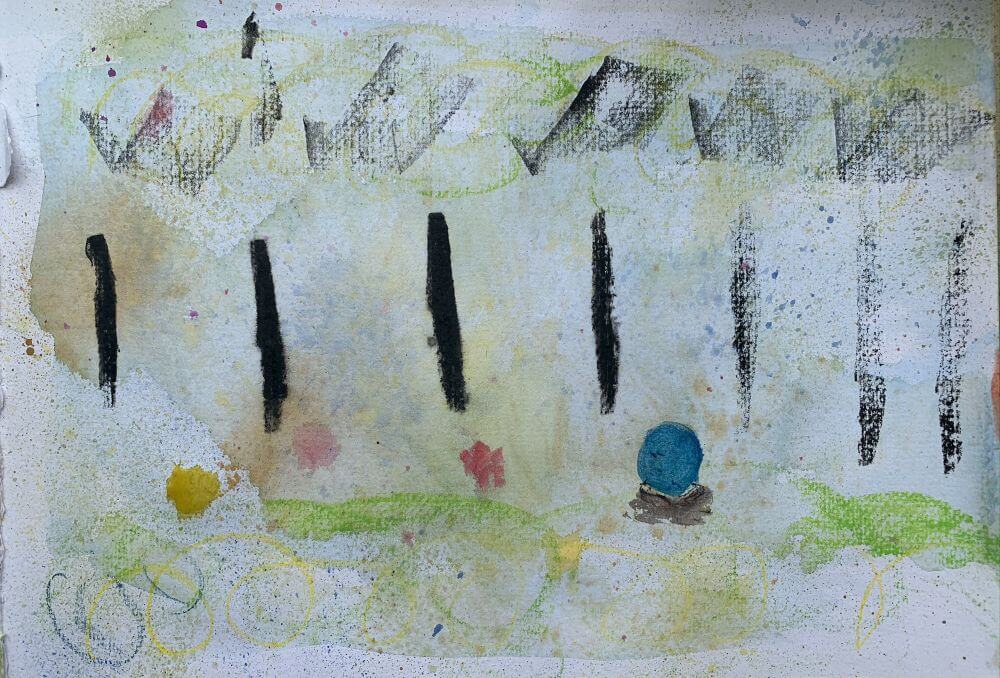
I love the frequency matching of the regular digging sound, and the wispy wind background that runs throughout, presented alongside representations of William’s garden.
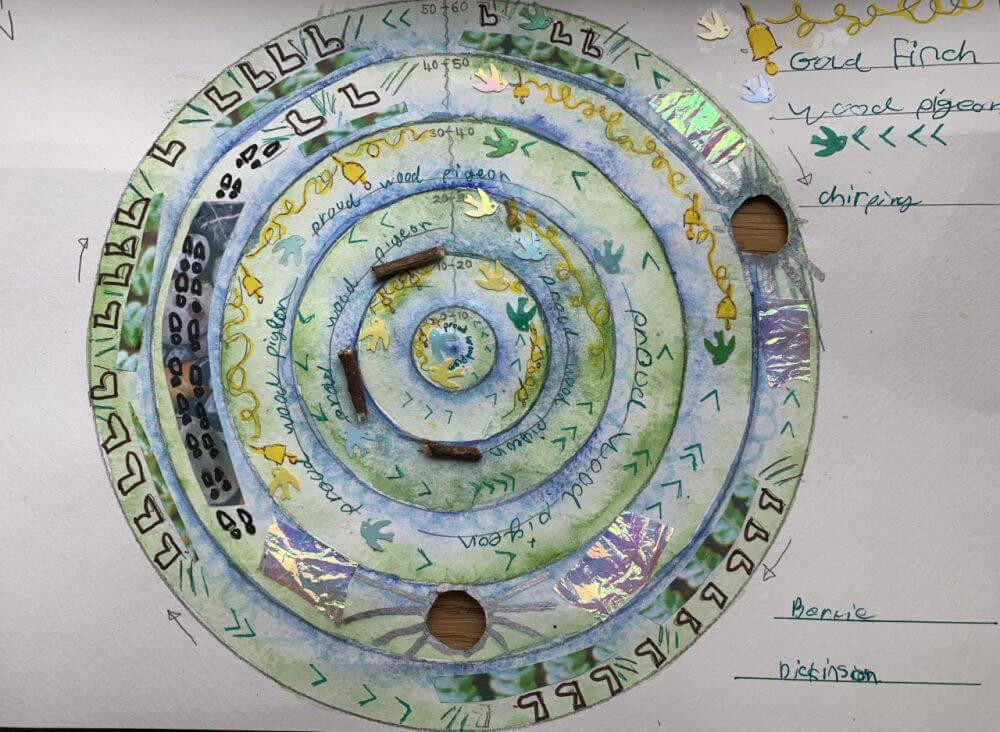
This circular score is stunning, with holes, texture, text and pictures of footsteps and birds.
Search the hashtag #covidsoundscore on Twitter and Facebook for more inspiration.
Dr Elizabeth Dobson is a composer, a director of the Yorkshire Sound Women Network and a senior lecturer in music technology at The University of Huddersfield. Follow her on Twitter at @lizdobsonuoh.




